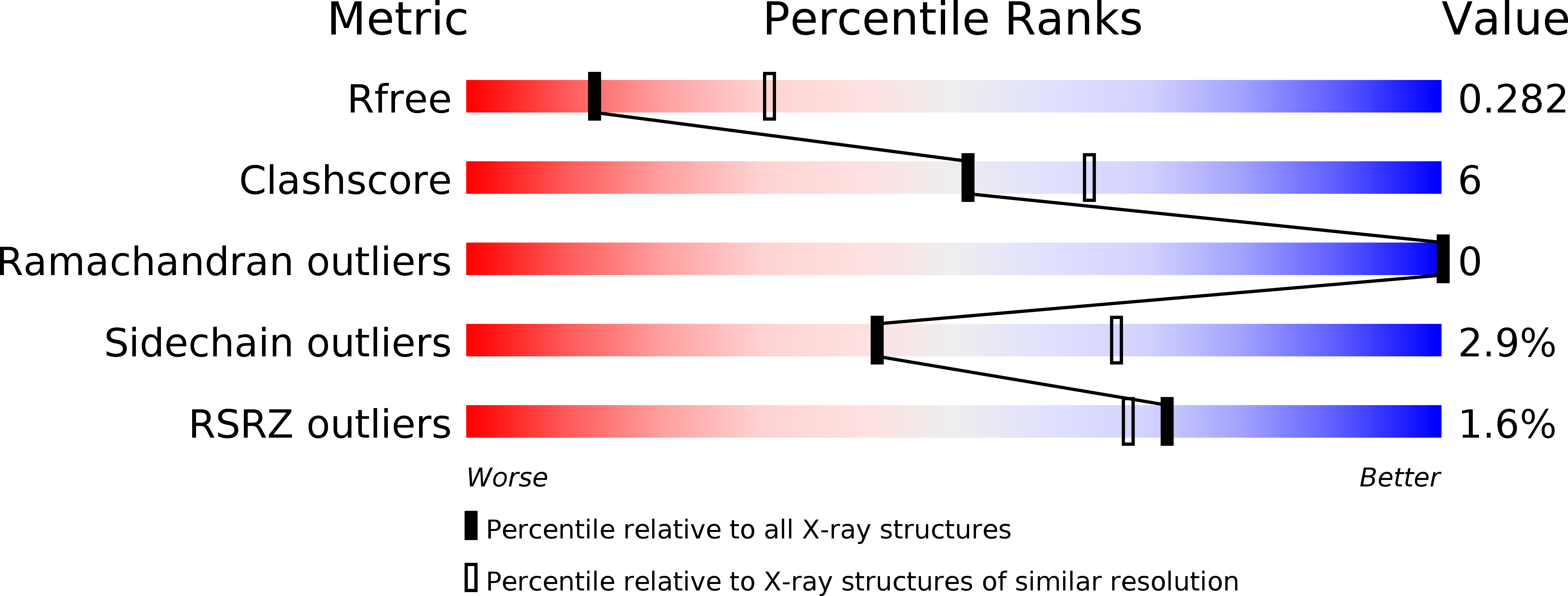
Deposition Date
2010-07-14
Release Date
2010-08-11
Last Version Date
2024-11-27
Entry Detail
PDB ID:
3NY8
Keywords:
Title:
Crystal structure of the human beta2 adrenergic receptor in complex with the inverse agonist ICI 118,551
Biological Source:
Source Organism:
Homo sapiens (Taxon ID: 9606)
Enterobacteria phage T4 (Taxon ID: 10665)
Enterobacteria phage T4 (Taxon ID: 10665)
Host Organism:
Method Details:
Experimental Method:
Resolution:
2.84 Å
R-Value Free:
0.29
R-Value Work:
0.22
R-Value Observed:
0.22
Space Group:
P 21 21 21


